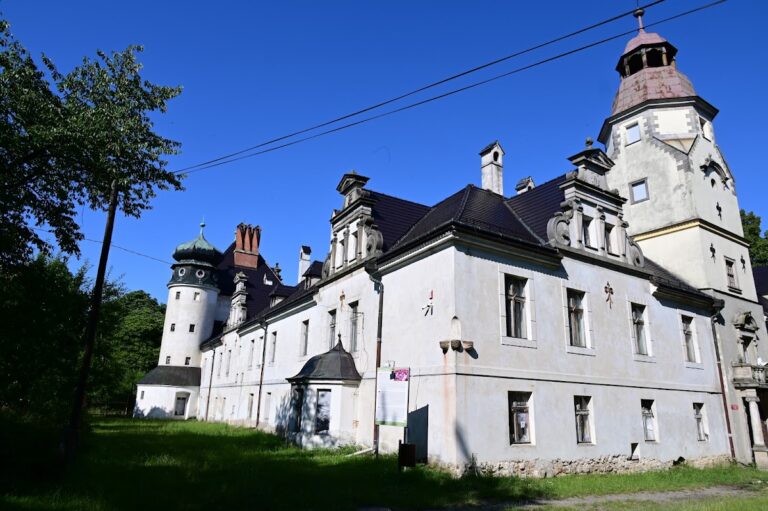Upper Castle in Opole: A Medieval Stronghold in Poland
Visitor Information
Google Rating: 4.5
Popularity: Low
Google Maps: View on Google Maps
Official Website: www.zamekgorny.opole.pl
Country: Poland
Civilization: Medieval European
Remains: Military
History
The Upper Castle in Opole is located in the city of Opole, Poland, and was built by the medieval Polish Piast dynasty. Construction began in 1382 and was completed in 1387 under the direction of Władysław Opolczyk, a duke from the Opole branch of the Piasts who governed the eastern part of the divided duchy. The castle was strategically placed on the highest limestone hill in the city, known as “Górka,” near the Gosławicka Gate, serving both as a fortified residence and a defensive element within the city’s fortification system.
There is some historical discussion about an earlier significance of the site, with suggestions that it may have been the location of the castellan’s court during the era of Bolesław Chrobry, the first King of Poland, though this point remains uncertain among scholars. The castle appears in records first in 1387, and Władysław Opolczyk lived there until his death in 1401. Afterward, it passed to his nephews, the sons of Bolko III, with Jan Kropidło, one of these heirs, probably establishing his residence there around 1418.
Following the death of Bolko IV in 1437, the castle’s importance declined. Under Mikołaj I Opolski, the local administration became unified, reducing the castle’s role as both a residence and a defensive site. The extinction of the Opole Piast line in 1532 marked the transfer of the property to the Habsburg dynasty, who did not maintain the castle, leading to its progressive deterioration. By the 16th century, structural damage was already extensive.
A devastating fire in 1615 destroyed much of what remained of the castle. By 1619 only a rectangular tower—used as a granary—and a large stone barn survived, while the rest of the site was leveled. The land was allocated to local potters for their use. In 1669, Emperor Leopold I granted the ruins to the Jesuits. They established a small church within the remaining castle area and began constructing a new church using stones from the castle starting in 1673. This church endured several fires in 1682, 1739, and 1762, was closed in 1811, and later demolished in 1828.
In the 19th century, the site was repurposed for education. Between 1829 and 1830 a boys’ gymnasium was constructed there, with additional school buildings added in the mid-to-late 19th century. The tower was incorporated into these school structures, initially connected by a two-story open gallery, which was later replaced by expansion wings completed by 1898 and 1937. In the 21st century, archaeological study and conservation of the tower took place, leading to its stabilization and ongoing preservation.
Remains
The main surviving element of the Upper Castle is a Gothic brick tower built on a rectangular foundation. This structure likely dates back to the original construction period in the late 14th century and was originally three stories tall. The bricks used in the tower include “zendrówka,” a type of highly fired brick arranged in a distinctive diamond pattern, reflecting the advanced craftsmanship of the time. The tower’s eastern facade retains a niche containing the portal of what once served as the castle’s gate.
In 1844, the tower was altered by the addition of a fourth floor crowned with a neo-Gothic crenellation—a decorative parapet design typical of 19th-century Romantic historicism. At the same time, a fragment of the castle’s defensive walls featuring a bartizan, a small overhanging turret used for lookout, also received neo-Gothic renovations.
Over the centuries, the tower became integrated into the growing school complex on the site. Early connections were made using an open two-story gallery, which was eventually replaced by a new wing that linked the tower to larger school buildings constructed by the end of the 19th century and further expanded in 1937. Today, thanks to recent restoration efforts, the tower stands in stable condition and retains its key medieval and 19th-century features.
Near the tower, a monument honoring Józef Lompa, a notable figure associated with the region, was installed in 1965. This monument was relocated in 2007 to a position in front of the nearby school building along Osmańczyka Street. The castle site thus preserves both physical remnants of its medieval origins and marks the layers of its historical transformation through subsequent centuries.










